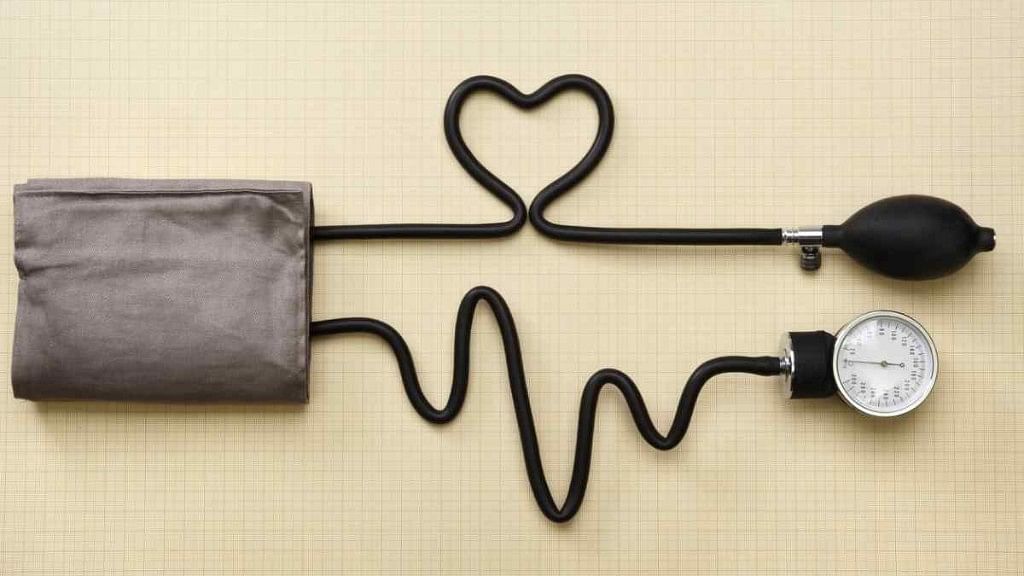
A new location of the Healthy Living Market and Cafe is now open in Williston, Vermont. The cafe is located at 129 Market St. and is open seven day a week. It is the third location in the highly-regarded health food market. The brand operates in Saratoga Springs and Manchester (Vt.). The company has plans to expand its operations in the area and will be opening a new Williston branch. A new store will be opened in Middlebury, Vermont soon.
This market is the region's largest independent natural and organic grocery shop. The company has other locations in South Burlington (VT) and Saratoga Springs (NY). In its cafes and stores, the company employs over 320 employees. Its mission is to offer consumers a premier grocery experience. It is committed to providing local farmers with affordable, healthy food. It is also committed supporting local farmers, and is committed to a three-bottom-line approach.
The Healthy Living Market and Cafe recently welcomed chef Michael Daley to its culinary team. He will also oversee the development of the company’s HL Fresh line, which includes prepared meals and salads. Chef Daley has worked in kitchens which have been awarded Michelin stars and AAA Five Diamonds. Chef Daley was previously the executive chef for Mourad Lahlou’s restaurants in San Francisco. He was part of a mission that sought to offer a sustainable alternative for fast-food chains, and to alleviate food insecurity.

Another concept for food retail in Vancouver is Healthy Living Fresh. The menu changes often and emphasizes creativity. Matthew Jennings is the VP of Culinary, Scott Como is the Culinary Director, and Derek Roberts and Jimmy Winslow are among the chefs. You will feel like a local when you visit the Healthy Living Market. For those interested in a healthier lifestyle, the market offers healthy food options and beverages.
The Healthy Living Strategy, which is implemented by the federal, territorial, and provincial governments, except Quebec, is being implemented. It focuses on physical activity and healthy eating to reduce the risk of chronic disease. The PHAC's Healthy Living Unit is a collaboration with Canadian counterparts in order to promote healthy living. It will encourage and implement policies that promote healthy lifestyles and physical activity. It will also support and promote a healthy lifestyle among Canadians. You can learn more about the Healthy Living Unit here
FAQ
What are the top 10 healthy habits?
-
Eat breakfast every day.
-
Don't skip meals.
-
Eat a balanced, healthy diet.
-
Drink lots of water.
-
Take care of your body.
-
Get enough sleep.
-
Avoid junk food.
-
Do some form of exercise daily.
-
Have fun!
-
Make new friends
What is the difference between a virus and a bacterium?
A virus can be described as a microscopic organism that cannot reproduce in another cell. A bacterium can be described as a single-celled organism which reproduces by splitting in two. Viruses have a very small size (about 20 nanometers), while bacteria is larger (up to one micron).
Viruses can be spread by contact with bodily fluids containing infected substances, such as saliva, urine and semen. Bacteria are usually spread through direct contact with contaminated objects or surfaces.
Viruses can get into our bodies through cuts and scrapes on the skin, bites, and other injuries. They can also enter the body through the mouth, nose, eyes and ears, vaginal, rectum or anus.
Bacteria can get into our bodies through cuts, scrapes and burns, insect bites, or other skin breaks. They can also be introduced to our bodies by food, water and soil.
Both bacteria as well as viruses can cause illness. But viruses do not have the ability to multiply within their hosts. So they only cause illnesses when they infect living cells.
Bacteria can cause illness by multiplying in the body. They can even invade other parts of the body. To kill them, we must use antibiotics.
What causes weight loss as we age?
How can you find out if your weight has changed?
If there are less calories than muscle mass, then weight loss is possible. This means that daily calories should be less than daily energy. Activity levels are the most common reason for weight loss. Other causes include illness, stress, pregnancy, hormonal imbalances, certain medications, and poor eating habits. A person who has more fat than their muscle mass will experience weight gain. It occurs when people eat more calories than what they use in a given day. It can be caused by overeating or increased physical activity as well hormonal changes.
Our bodies lose weight because we eat fewer calories than we burn. By exercising regularly, our metabolism rates increase which in turn burns more calories during the day. This doesn't necessarily mean we will lose weight. What matters is whether we are losing fat or building muscle. If we're burning more calories that we consume, we'll lose weight. But, if we consume far more calories than what we burn, then we actually store them as fat.
As we grow older, we tend to become slower at moving around and therefore we don't move as much. We also tend not to eat as much food as we used to when we were younger. Therefore, we tend to put on weight. We also tend to look larger because we have more muscle.
Without regularly weighing yourself, it is impossible to gauge how much weight you have lost. There are many methods to measure your weight. There are many ways to measure your weight. You can check your waist, hips, thighs, arms and legs. Some prefer to use the bathroom scales, others prefer to use tape measures.
For a better track of your progress, try to weigh yourself once per week and measure your waistline once every month. To see how far you have come, you can take photos of yourself every few month.
Online, you can find out your height and weight. For example, if you're 5'10" tall and weigh 180 pounds, you'd probably weigh 180 pounds.
How can you tell what is good?
You must listen to your body. Your body knows best when it comes to how much exercise, food, and rest you need. You need to be aware of your body and not overdo it. Listen to your body and make sure you're doing everything you can to stay healthy.
How do I get enough vitamins?
You can obtain most of your daily requirement through diet alone. Supplements may be necessary if you are not getting enough of a particular vitamin. Multivitamin supplements can be taken that contain all the vitamins you need. You can also purchase individual vitamins at your local drugstore.
Talk to your doctor about the best foods for vitamins if you're concerned about not getting enough nutrients. You can find vitamins K and E in dark green leafy vegetable such as spinach, kale and turnip leaves, as well a variety of sweet potatoes and sweet potatoes.
Ask your doctor for advice if you are unsure how much vitamin to take. He or she will recommend the appropriate dosage based on your medical history and current health status.
How can I reduce my blood pressure
Find out the causes of high blood pressure first. Next, you must determine the cause and take steps to decrease it. This could be as simple as eating less salt, losing weight, taking medications, etc.
Also, make sure to get enough exercise. Walking is a great alternative if you don't have the time or energy to exercise regularly.
Consider joining a gym if your current exercise regimen is not satisfying you. A gym that has other members who are motivated by your goals will be a good choice. You will find it easier to keep to a workout schedule if you have someone to watch you at the gym.
What are 7 tips for a healthy and happy life?
-
Eat right
-
Exercise regularly
-
Rest well
-
Drink lots of water
-
Get enough sleep
-
Happy!
-
Smile often
Statistics
- WHO recommends reducing saturated fats to less than 10% of total energy intake; reducing trans-fats to less than 1% of total energy intake; and replacing both saturated fats and trans-fats to unsaturated fats. (who.int)
- This article received 11 testimonials and 86% of readers who voted found it helpful, earning it our reader-approved status. (wikihow.com)
- WHO recommends consuming less than 5% of total energy intake for additional health benefits. (who.int)
- nutrients.[17]X Research sourceWhole grains to try include: 100% whole wheat pasta and bread, brown rice, whole grain oats, farro, millet, quinoa, and barley. (wikihow.com)
External Links
How To
How to live a healthy lifestyle
A healthy lifestyle involves living a healthy life that is able to maintain your weight, good health, and your fitness level. Healthy living means eating right, exercising regularly, getting enough rest, and staying away from harmful substances like alcohol, tobacco, cocaine, and drugs. A healthy lifestyle helps you stay fit and feel good about yourself. A healthy lifestyle can help reduce your risk of developing chronic diseases such as heart disease, strokes, diabetes, cancer and osteoporosis.
The goal of this project is to give a step by step guide on how to live healthier lives. The introduction was the first portion of the project. It describes the benefits of living a healthy life, what it means, and who we are. The body paragraphs contain tips on how to maintain a healthy lifestyle. The conclusion summarizes the article and offers additional resources if necessary.
This assignment taught me how to write a concise paragraph. I also learned how to organize my thoughts into topic sentences, and the supporting details. Furthermore, I was able to improve my research skills by being able to identify specific sources and correctly cite them. I also learned proper grammar and writing skills.